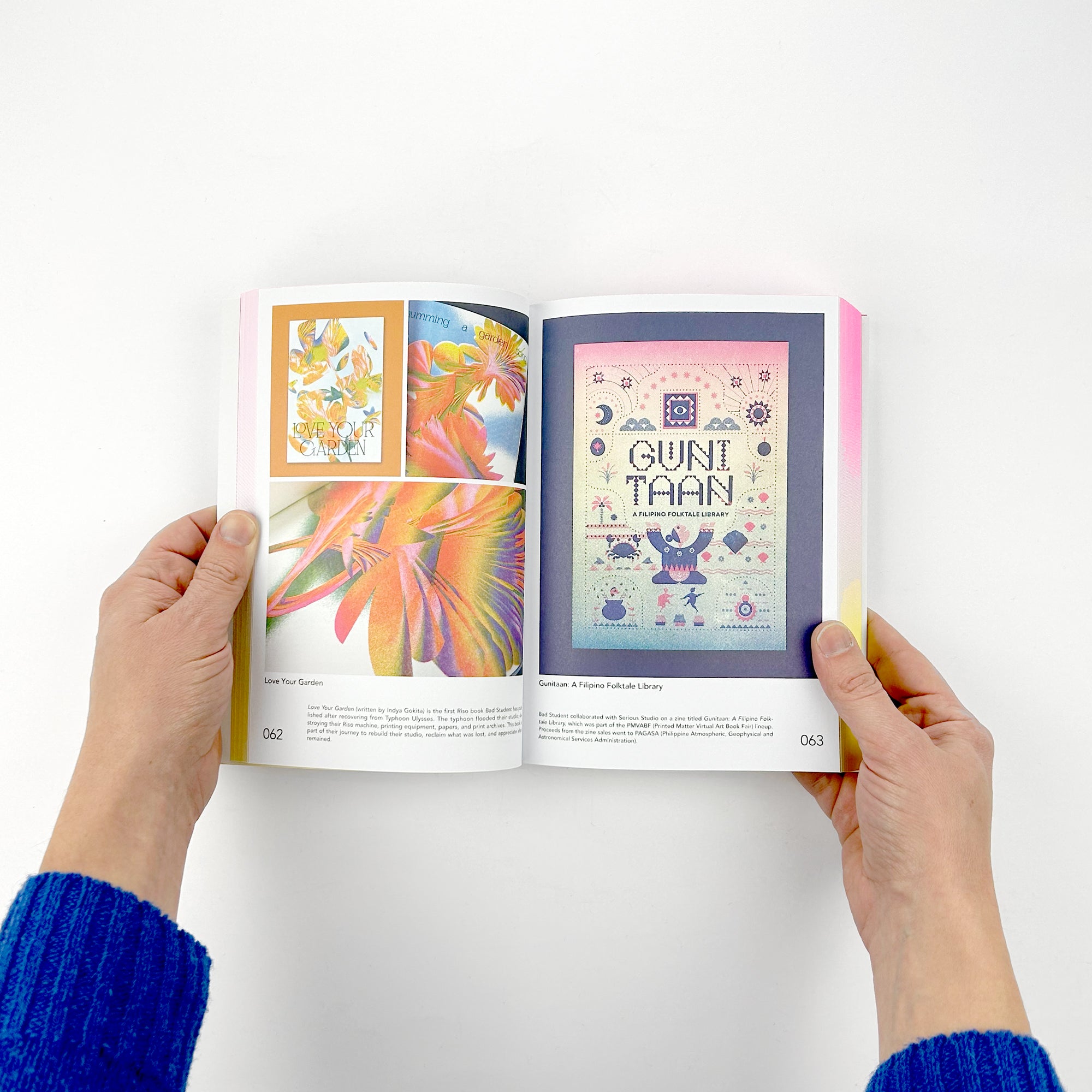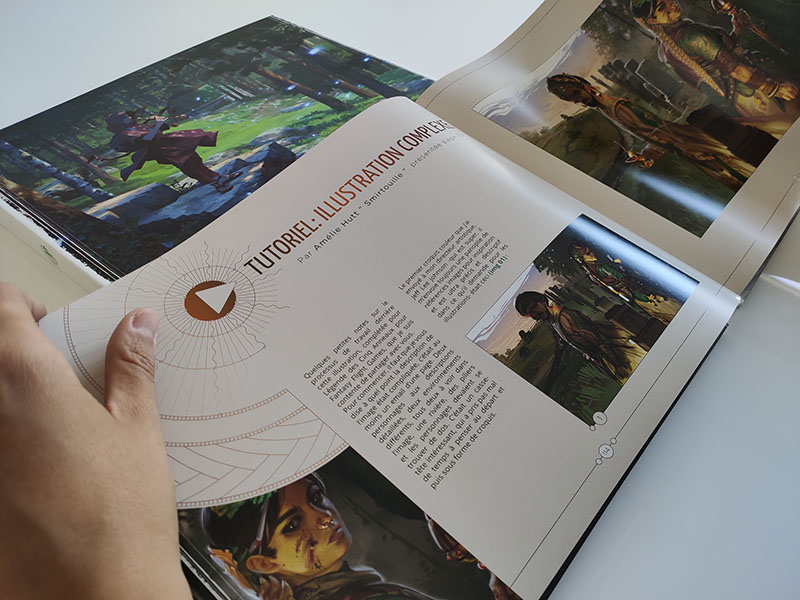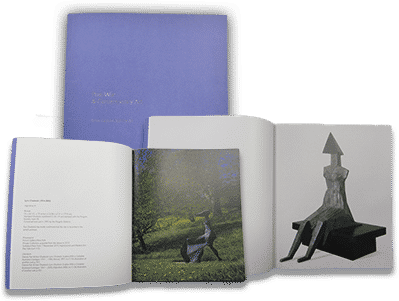Must-Have Prepress Tips for Flawless art book Printing
Must-Have Prepress Tips for Flawless art book Printing
Blog Article
Recognizing the Refine Behind Top Quality Art Book Printing for Art Fanatics
When it comes to top quality art book printing, understanding the complexities of the procedure can raise your appreciation for the final product. As you check out the numerous components of art book printing, you'll discover understandings that can transform your perspective on art preservation and discussion.
The Value of Paper Choice in Art Book Printing
When it involves art book printing, the choice of paper can make or damage the end product. You desire your art work to beam, and the ideal paper enhances shade vibrancy and detail. Take into consideration aspects like weight, structure, and surface; these elements considerably impact exactly how visitors regard your job.
For example, a heavier stock shares top quality and resilience, while a distinctive finish can add depth to images. Smooth paper is outstanding for comprehensive recreations, allowing great lines and subtle tones to appear crisp.
Don't neglect about the paper's brightness; a brighter sheet can assist colors pop, making your art a lot more attractive. You'll likewise wish to consider just how the paper communicates with inks and whether it can take care of the printing process without buckling or bleed-through. Eventually, picking the ideal paper sets the phase for your art, guaranteeing it captures the audience's attention simply as you imagined.
Choosing the Right Inks for Dynamic Reproductions
Selecting the ideal inks is just as vital as choosing quality paper to attain vibrant recreations in your art book. When you're publishing artwork, you desire colors that stand out and properly stand for the original piece. Decide for inks with a high pigment focus; these have a tendency to produce richer and more saturated colors.
You could consider using archival inks, which withstand fading over time, guaranteeing your art book remains as striking as the day it was published. If you're dealing with pictures or electronically developed art, pigment-based inks can provide a larger color gamut, enhancing detail and depth.
Don't ignore the surface! Matte and shiny inks can significantly modify the look of your artwork, so think of the appearance you're aiming to accomplish - art book. Ultimately, the appropriate ink selection enhances your paper choice, producing a spectacular aesthetic experience for your viewers
The Function of Shade Management in Publish Quality
Shade monitoring plays a necessary role in attaining high print quality for your art book. It assures that the colors you see on your display equate properly to the published page. Without efficient color management, your vibrant artworks might appear dull or altered, weakening your imaginative vision.
To begin, adjust your screen routinely. This action aids keep constant shade depiction. Next, utilize color accounts customized for your printer and paper type. These accounts assist the printer in recreating colors accurately, reducing disparities in between digital and published variations.
When you prepare your documents, think about making use of a shade space like Adobe RGB or CMYK, depending upon your printer's specifications. Always evidence your work, too; a test print can reveal any kind of prospective color concerns before the final run. By prioritizing shade management, you secure the integrity of your art, assuring your target market experiences it as you planned.

Understanding Different Binding Strategies
Achieving the ideal try to find your art book surpasses color monitoring; binding strategies additionally play a substantial function in its general presentation and resilience. You have numerous choices to evaluate, each with its own special attributes.
If you're going for an expert feeling, instance binding uses a durable alternative with a difficult cover, ideal for showcasing your artwork. On the various other hand, excellent binding provides an adaptable spinal column while keeping expenses down, making it a preferred option for softcover books.
Spiral binding permits your art book to lay flat, which is terrific for displaying images without obstruction. Meanwhile, saddle sewing is suitable for smaller sized brochures, giving a clean surface without the bulk.
Eventually, the binding technique you choose must mirror your creative vision and exactly how you desire viewers to engage with your job. Make sure to weigh these choices meticulously to attain the very best end result for your project.
The Impact of Publish Dimension and Layout on Presentation
While the option of print size and format may seem secondary to content, they significantly influence just how your artwork is perceived. The measurements of your prints can either boost or lessen the impact of your items. Bigger prints can attract visitors in, permitting them to value elaborate information, while smaller formats could call for even more intimate involvement.

Conservation Methods for Durable Art Books
To assure your art books stand the examination of time, it's necessary to carry out reliable preservation techniques. Beginning by storing them in a cool, completely dry atmosphere, far from direct sunshine and moisture. This avoids fading and warping, maintaining your web pages undamaged. Usage acid-free storage boxes or safety sleeves to secure them from dirt and physical damage.
When handling your publications, always clean your hands or wear cotton handwear covers to avoid oils and dust moving onto the pages. Stay clear of bending or wrinkling the spinal columns; rather, make use of book supports when showing them.
For included security, take into consideration buying archival-quality products for any type of repair services or enhancements. Routinely inspect your collection for signs of wear or damages, addressing concerns quickly. By following these easy methods, you can assure your art publications continue to be vibrant and easily accessible for many years ahead, preserving his comment is here their beauty and worth for future generations.
Collaborating With Printers for Optimum Results
When find out here you're prepared to print your art book, choosing the ideal printer is vital to attaining your vision. Clear interaction regarding your assumptions and needs will certainly assist guarantee that both you and the printer get on the same page. Let's explore just how to make this cooperation as smooth and reliable as feasible.
Selecting the Right Printer

Efficient Communication Strategies
Efficient communication is crucial for turning your art book vision into truth, particularly when working together with printers. art book. Begin by plainly detailing your task's objectives, including design aspects, preferred products, and any kind of details printing strategies. Don't wait to share your inspirations and references; this helps the printer comprehend your visual
Establish regular check-ins to discuss progression and resolve any kind of inquiries. Use visuals, like mock-ups or examples, to convey your concepts better. Be open to feedback, as printers commonly have valuable understandings that can improve your task. Ultimately, maintain a positive partnership by being considerate and appreciative of their browse around these guys proficiency. This cooperation will certainly guarantee that your art book meets your assumptions and radiates in its last type.
Often Asked Inquiries
What Are Typical Blunders to Stay Clear Of in Art Book Printing?
When publishing your art book, stay clear of usual errors like inadequate resolution photos, incorrect color profiles, and disregarding web page format. Do not neglect to proofread and confirm details to validate your end product meets your assumptions.
Exactly How Does Digital Printing Differ From Typical Printing Techniques?
Digital printing utilizes electronic data to produce prints straight, enabling quicker turnaround and customization. In contrast, standard methods include physical plates, which can be time-consuming and less versatile for little runs or distinct layouts.
What Is the Regular Turnaround Time for Art Book Printing?
The common turnaround time for art book printing differs, but you can expect it to take anywhere from a couple of weeks to a number of months. Aspects like complexity, quantity, and printing approach all influence this timeline.
Can I Print a Minimal Version Art Book Financially?
You can publish a limited version art book financially by picking economical materials, optimizing print runs, and utilizing digital printing options. Cautious planning and budgeting will certainly help you accomplish quality without spending too much.
What Are the Ecological Considerations in Art Book Printing?
When thinking about art book printing, you ought to believe regarding environmentally friendly materials, sustainable inks, and energy-efficient procedures (art book). Choosing local printers can additionally minimize your carbon footprint, making your task both lovely and environmentally liable
Report this page